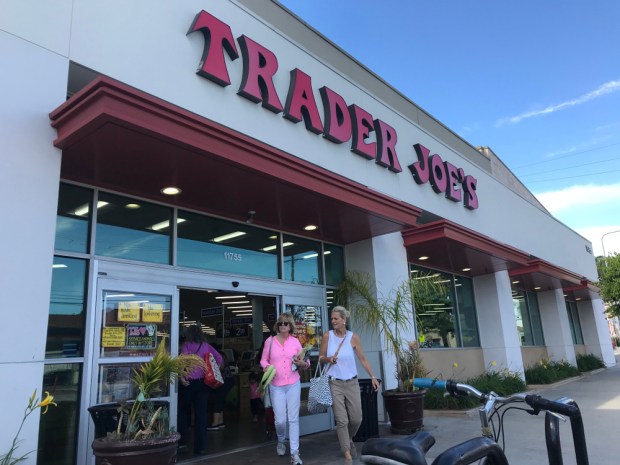Trader Joe’s Embraces Digital Scarcity Amid Grocery’s eCommerce Rush

As many brands race to become as digitally available as possible, Trader Joe’s is going the opposite route, leaning into its lack of eCommerce presence to set the shopping experience apart.
On a recent episode of the grocery chain’s podcast, Inside Trader Joe’s, the company spoke to the motivations behind its lack of online shopping and delivery options, attributing it to an emphasis that the retailer places on product discovery, to the role that people (both associates and fellow customers) play in the shopping journey and to the economics of eCommerce.
“It’s that experience of being inside the four walls of Trader Joe’s that makes Trader Joe’s what it is,” Trader Joe’s Vice President of Marketing Tara Miller explained. “That experience would not be the same if you were trying to order something from a website that just showed you the products you already know about. … When you are shopping virtually as opposed to in a physical space, you tend to have blinders on, and you see the products you are already looking for.”
Additionally, Matt Sloan, vice president of marketing at the grocer, noted that eCommerce channels, especially delivery, “would only just add cost” that would detract from the resources that the grocer can invest in that in-store experience. Miller added that the company would rather spend on well-trained associates.
This approach marks a deviation from the overwhelming majority of grocers’ views of eCommerce. Findings from PYMNTS’ study “Big Retail’s Innovation Mandate: Convenience and Personalization,” created in collaboration with ACI Worldwide, which draws from a survey of 300 retailers across the United States and the United Kingdom, reveal that 76% of grocers think consumers would be very or extremely likely to switch merchants if not offered the ability to order products for delivery. Plus, 79% said the same of mobile apps.
The market remains underpenetrated, with lots of room for growth. Data from PYMNTS’ study, “Digital Economy Payments: The Ascent of Digital Wallets,” for which we surveyed more than 2,700 U.S. consumers about their shopping habits, showed that online grocery adoption is less than half that of online non-grocery retail.
Moreover, nearly half of all consumers are purchasing groceries via eCommerce channels. Research from PYMNTS’ new study “Changes in Grocery Shopping Habits and Perception,” which draws from a survey of more than 2,400 U.S. consumers, finds that 45% shop for groceries online at least some of the time and 7% do so all the time.
Yet given Trader Joe’s move to center the in-store experience as a differentiator in the competitive grocery landscape, the very prevalence of eCommerce options could strengthen the brand’s distinctiveness at a time when retailers are increasingly diverting resources away from brick-and-mortar towards digital channels.
“When we think about being a brick-and-mortar business, when we think about the store being our brand, we think about our customers’ emotional experience when they’re shopping in their Trader Joe’s,” Sloan said. “We’re thinking about our customers coming to our stores to see our crew and get our products.”

